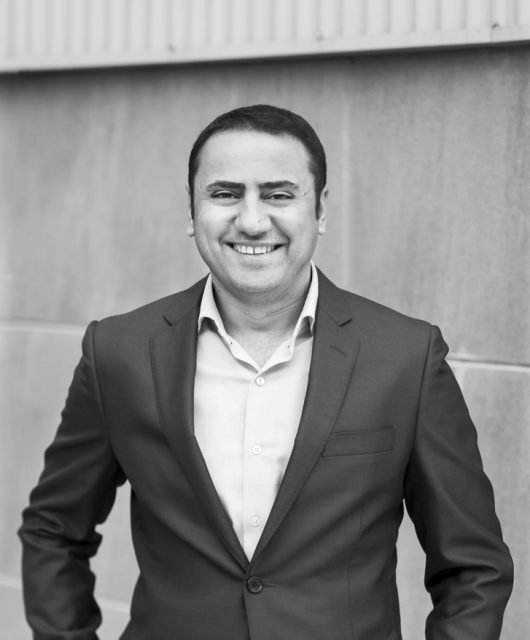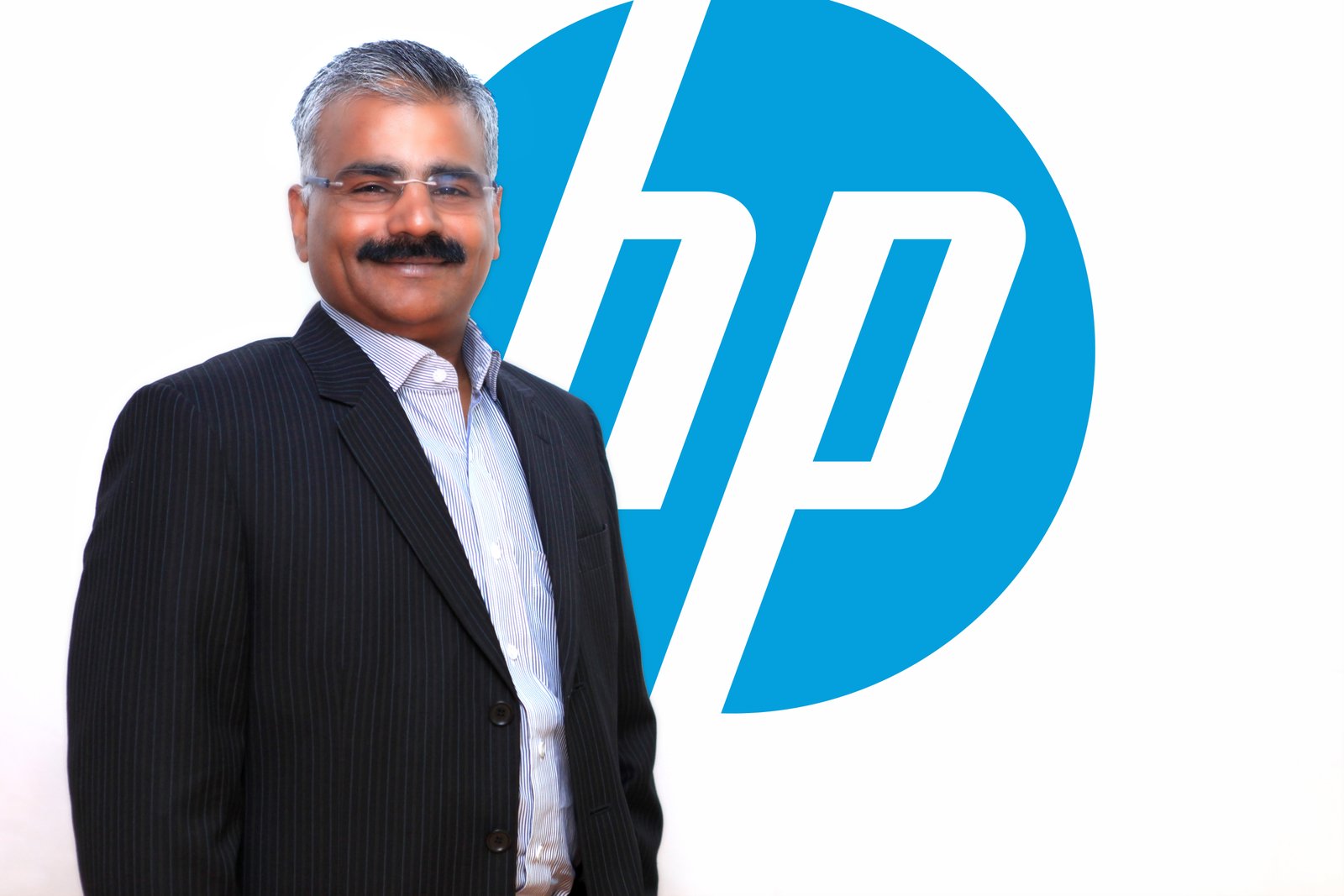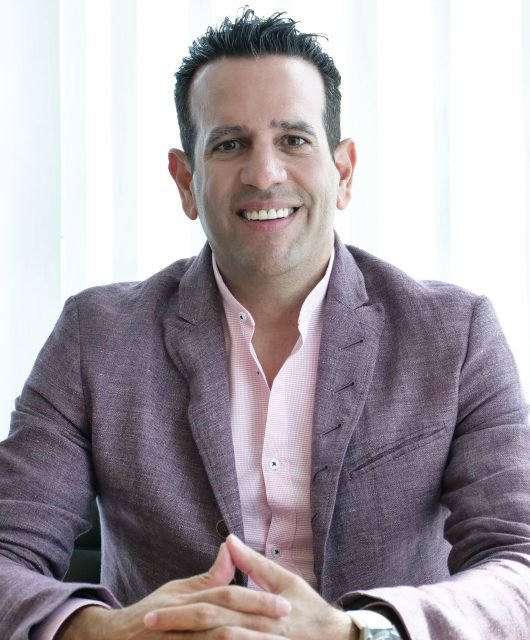How Should Brands Communicate In 2017: Q&A With Former STC’s Amjad Shacker
Brand Communication is imperative to the sustainable success of any brand. In the current competitive landscape, brands must go beyond narrating a compelling story, they need to communicate in a way that inspires and engages. Having a solid and consistent brand communication strategy allows the brand to stand out, cut through the noise, build awareness and drive an emotional connection with the audience. . The Berries interviewed Amjad Shacker, Former General Manager of Corporate Communication at Saudi Telecom Company (STC), to get his insight on how should brands communicate in 2017.
 BB: Corporate communication used to be all about exposure and buzz via various media channels. With the rise of new communication concepts, brands find themselves with no choice but to adapt to change. From your opinion, what are the important new trends that corporate communication professionals should keep on their radar to lead in 2017?
BB: Corporate communication used to be all about exposure and buzz via various media channels. With the rise of new communication concepts, brands find themselves with no choice but to adapt to change. From your opinion, what are the important new trends that corporate communication professionals should keep on their radar to lead in 2017?
AS: Communication is becoming more H2H (human to human) as businesses strive to unlock the ever-changing needs and desires of each customers. It is about personalization. And because there are so many segments in society, one needs to produce a continuous stream of content designed to engage the various groups within the target audience.
BB: For brands, fake news on social media is an existential threat. Do you think this will affect the level of online brand engagement on social media platforms? In times of fake news, should brands remain silent, refute news or generate content in a different direction? Please elaborate
AS: Any business whose client base increases to a level that warrants sizeable social media presence will become a brand that needs to be well managed. Hence, a brand by definition is a target for all sorts of news/feedback, be it positive, negative, or neutral. Fake news is usually negative news and needs to be addressed on a case by case basis. There are instances when a business needs to ignore the rumor mill and there are instances when businesses need to swiftly clarify false information so as to clear the air. This depends on the Corporate Communication practitioner and his/her experience. There are no rules of thumb but there are obvious situations as when a rumor starts spreading false information about the business; this requires immediate intervention along with a concise, professional clarification thru a statement of facts. However, when fake news is merely an inflated opinion, it will be quickly forgotten due to the large volume of information that floods cyberspace and shouldn’t be glorified by a reaction from the business.
However, if you are reading this looking for a tip, just remember to elevate the conversation to the level you desire and don’t allow yourself or business to be dragged to a plateau that doesn’t serve your brand.
BB: The use of influencers has been one of the dominating highlights that gained momentum in 2016 with leaning on online influencers more than celebrity endorsements. How can the use of influencers for brands evolve in 2017 for a better ROI?
AS: I am against using influencers. Period!
BB: One of the historical industry debates has revolved around whether doing PR in-house or hiring a professional corporate communication agency is more effective. Can you mention some differentiators that would encourage brands to hire a PR a firm rather than handling it in-house?
AS: In this part of the world, one rarely finds a seasoned practitioner who possesses all the experience required to take PR in-house. PR firms do accord businesses the latest approaches, research, out-of-the-box thinking, fresh ideas and a global perspective. If a business wishes to keep PR in-house, it must structure it such that the team must be highly exposed to global trends and constantly trained as well attend seminars, workshops, etc. Unless the business can afford such investments/expenses, I recommend going with an agency. On the other hand, there are numerous businesses that have built very effective in-house PR teams and churned out very successful communication. At the end of the day, it is where and how much a business is willing to invest that lands it the best option – short-term, tight budget means going with a PR firm, long-term, relaxed budget means a strong in-house PR team.
BB:Nowadays, Brands are all about designing engaging experiences. How can corporate communication professionals help brands narrate their stories and create an emotional attachment?
AS: Audiences nowadays are very smart. Any story needs to be relevant, engaging, entertaining and most importantly short. Emotions are created through understanding research and unlocking data. Different segments have different preferences and given the ever-changing tastes, I suggest conducting focus groups. One can’t simply create an emotional attachment without fully being aware of the target segment’s likes and dislikes. My advice, keep it simple and let it come from the heart.
BB: Corporate communication pros who work in the digital sphere are often faced with an all-time dilemma, Content Virality vs. Paid tools. How can they constantly find new content niches, social communities and influencers, organically?
AS: Being informed is the best tool to aid Corp Comms. Professionals. Monitor the news and act swiftly in order to be able to create engaging content that is relevant. Remember though that any content that may be engaging today has a very short shelf life as other, new engaging content will surface in the next WhatsApp message or YouTube link you receive.





